Rescue efforts continue after a 7.7-magnitude earthquake hit central Myanmar, with tremors felt in Thailand, China and India. Images from the ground reveal collapsed buildings and human devastation in Myanmar’s second-largest city, Mandalay, and even as far as Thailand’s capital, Bangkok.

More than 2,000 people have died in Myanmar, with thousands more injured, and those numbers are expected to rise. Fatalities have also been reported in Thailand.
Ground movement began at about mid-day local time (06:00 GMT) on Friday, according to the US Geological Survey. Several smaller aftershocks, ranging between 4.5 and 6.5 in magnitude, have followed.

There are questions over the current government’s ability to respond to a disaster amid the ongoing civil war and the resulting humanitarian crisis.
The country, formerly known as Burma, has been run by a military junta since a 2021 coup that deposed the democratically elected ruling party.
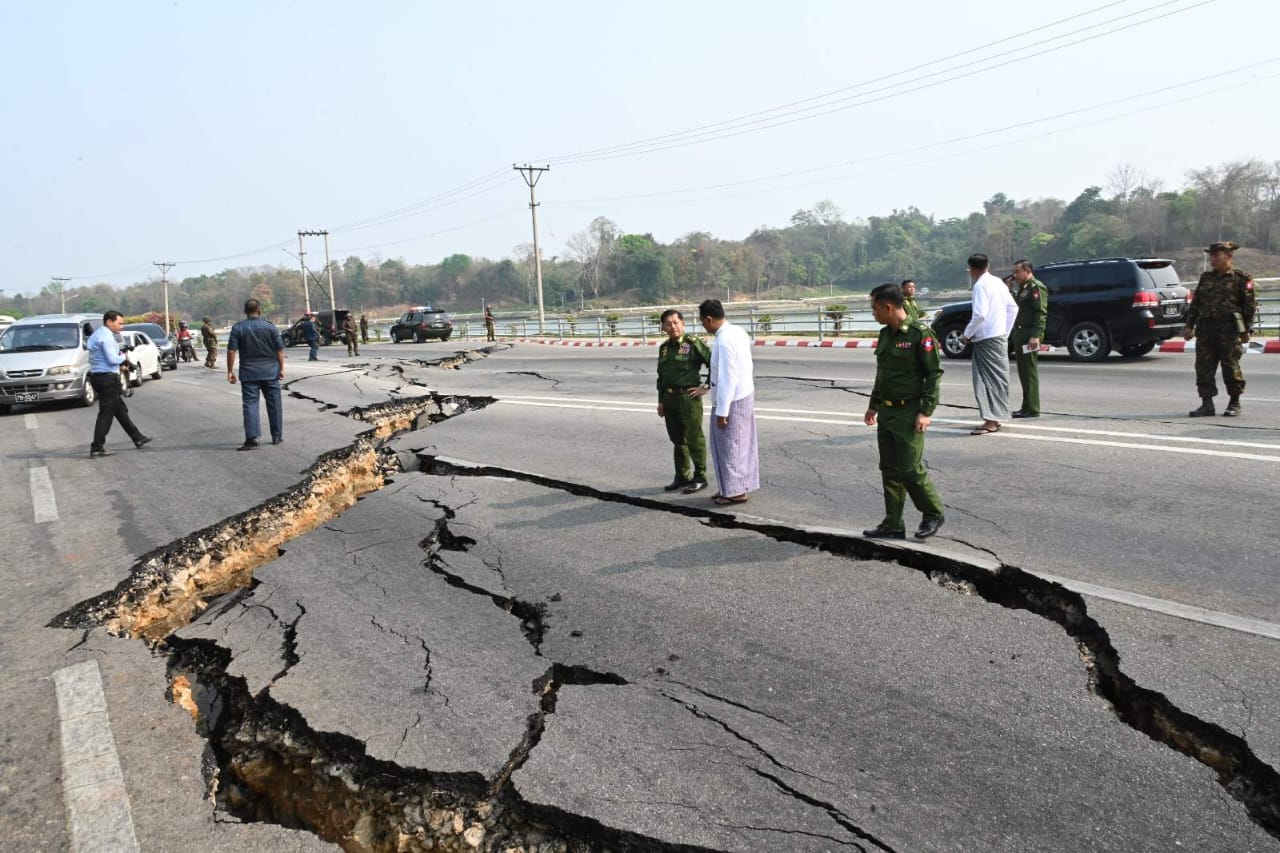
Thousands of people in Myanmar may need urgent shelter, food and medical help, according to the International Rescue Committee's Myanmar director, Mohamed Riyas.
He says it could be weeks before the full extent of the earthquake damage is known, as communication lines are down and transport is disrupted.
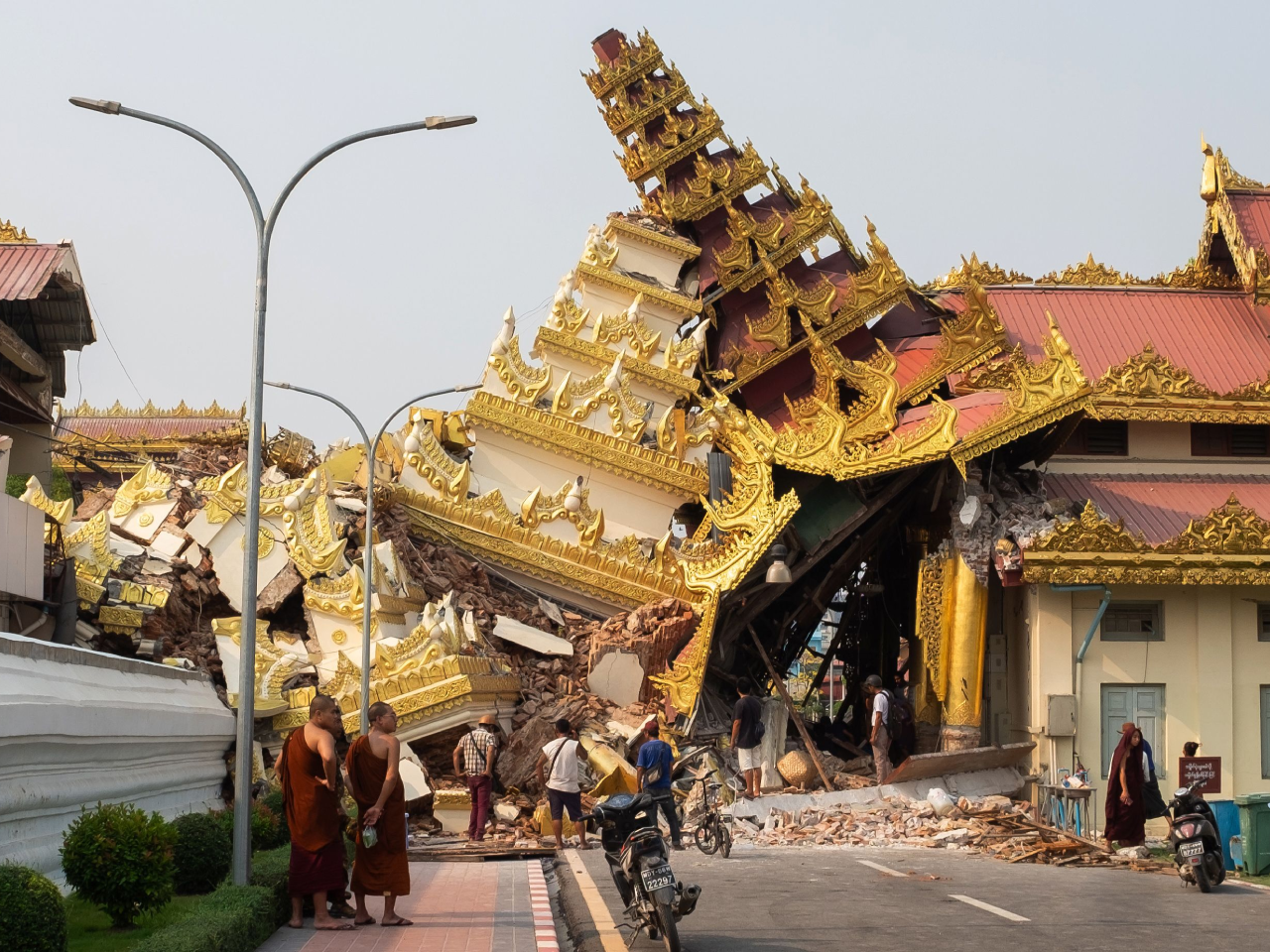

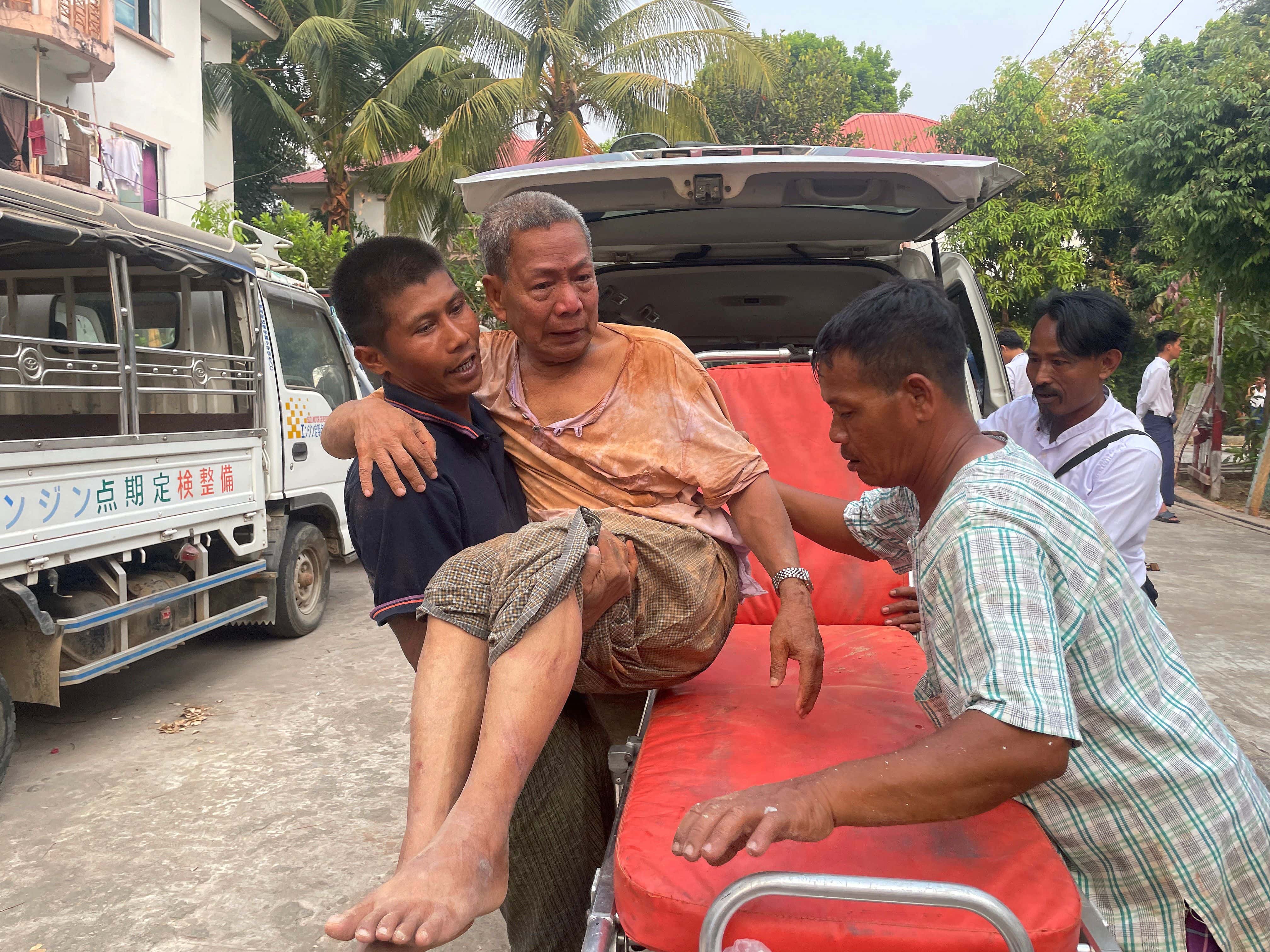
Myanmar has declared a state of emergency in six regions and made a rare plea for international aid.

The map below shows how intense the shaking was across the country and into Thailand, China and India.
It’s based on the Moment Magnitude Scale, with strong shaking causing serious damage while moderate shaking will be felt but usually only causes minor damage.
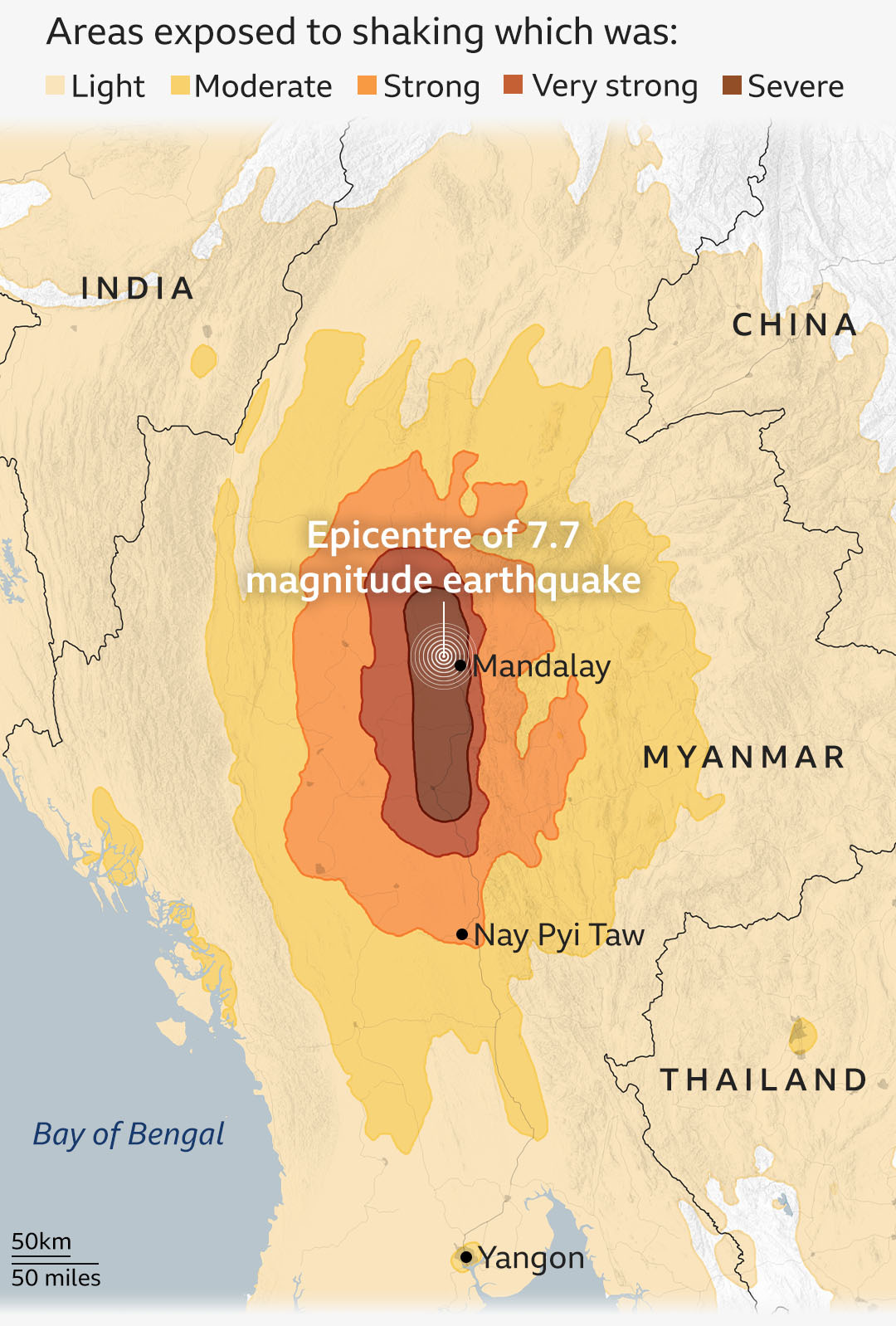
In the Thai capital of Bangkok, hundreds of miles from the epicentre, 18 people are known to have died, including 11 killed after a high-rise building collapsed. Many more are still missing in its ruins, leaving families anxiously awaiting news.
A difficult search and rescue operation is under way, with officials refraining from using heavy machinery as the structure continues to give way.
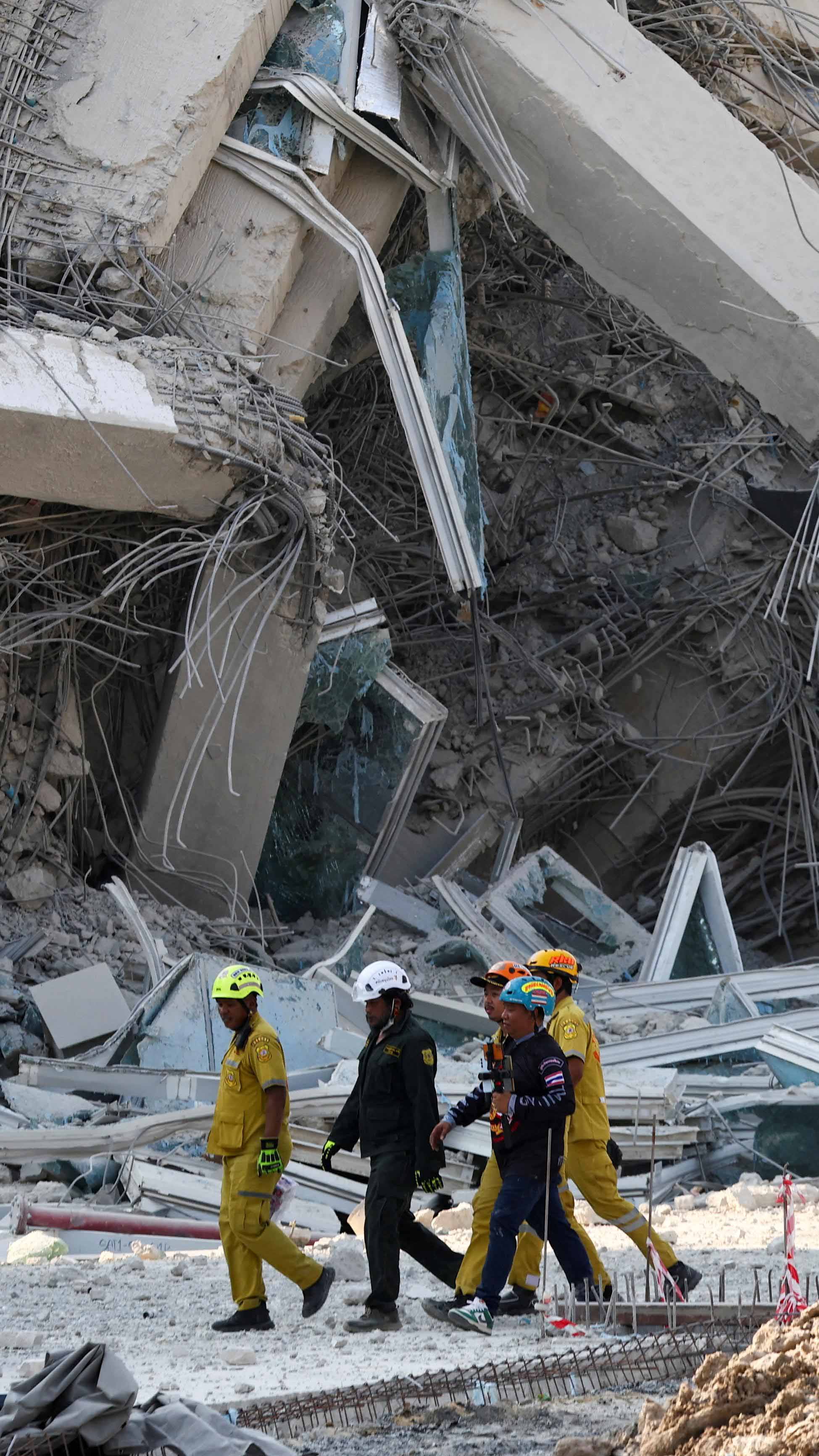
According to Thailand's Public Health Minister Somsak Thepsuthin, there were as many as 409 people working on the site when it collapsed.
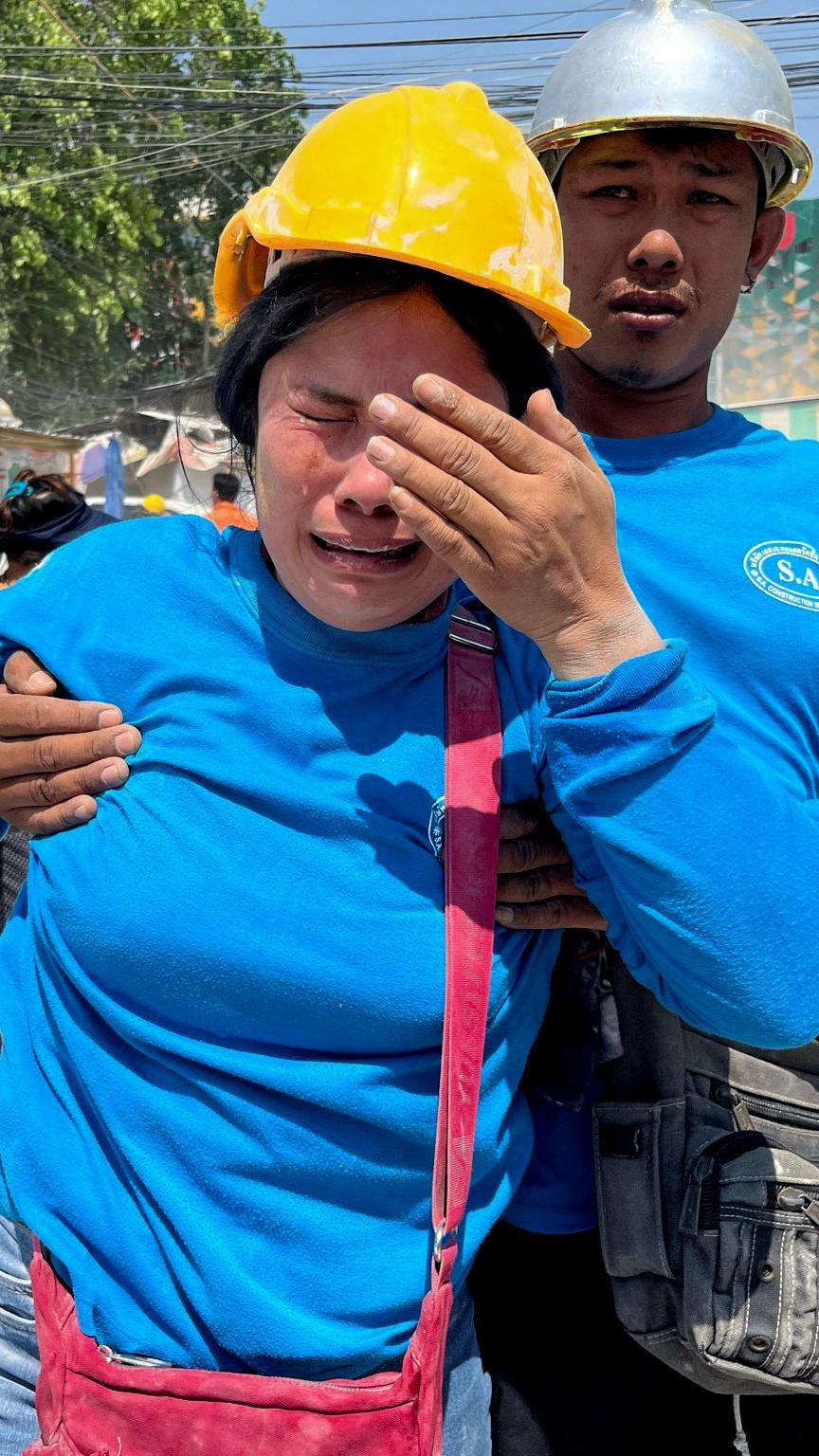
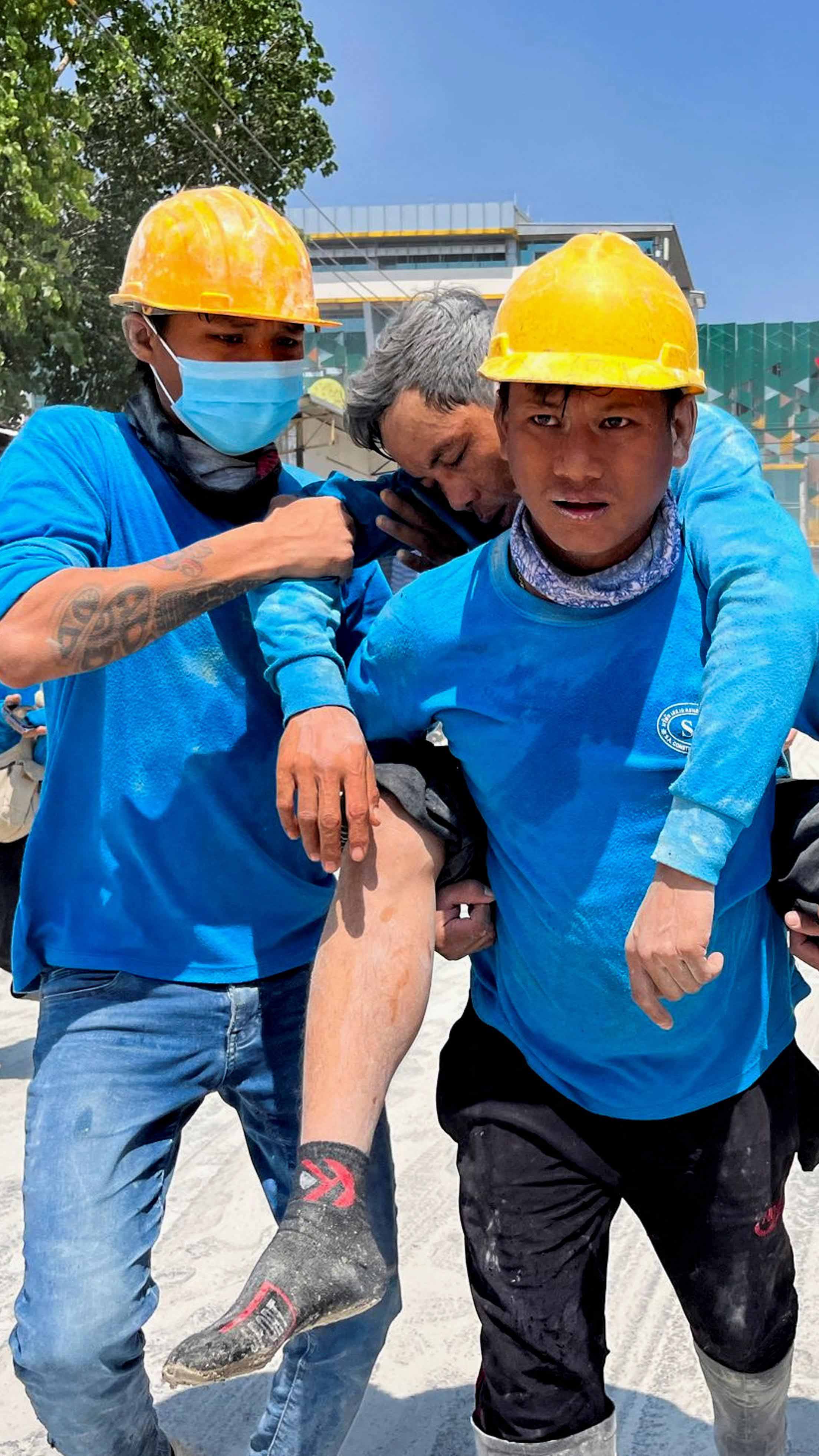
Photos show chaos and apprehension as people took to the streets leaving hotels, companies and hospitals in the centre of the Thai capital.
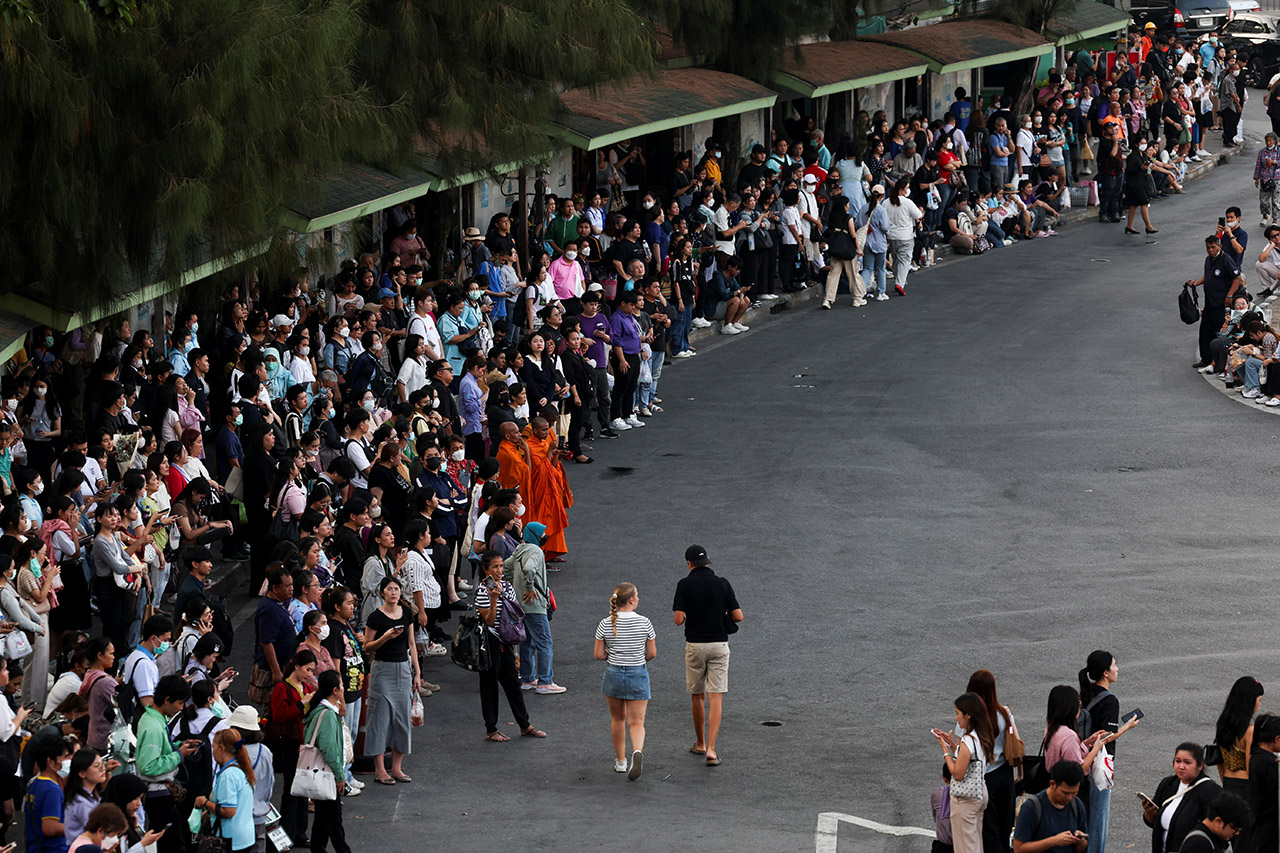
Thailand is not a seismic hotspot and the high-rise buildings in Bangkok are not engineered for powerful earthquakes, though most damage happened in unfinished buildings.
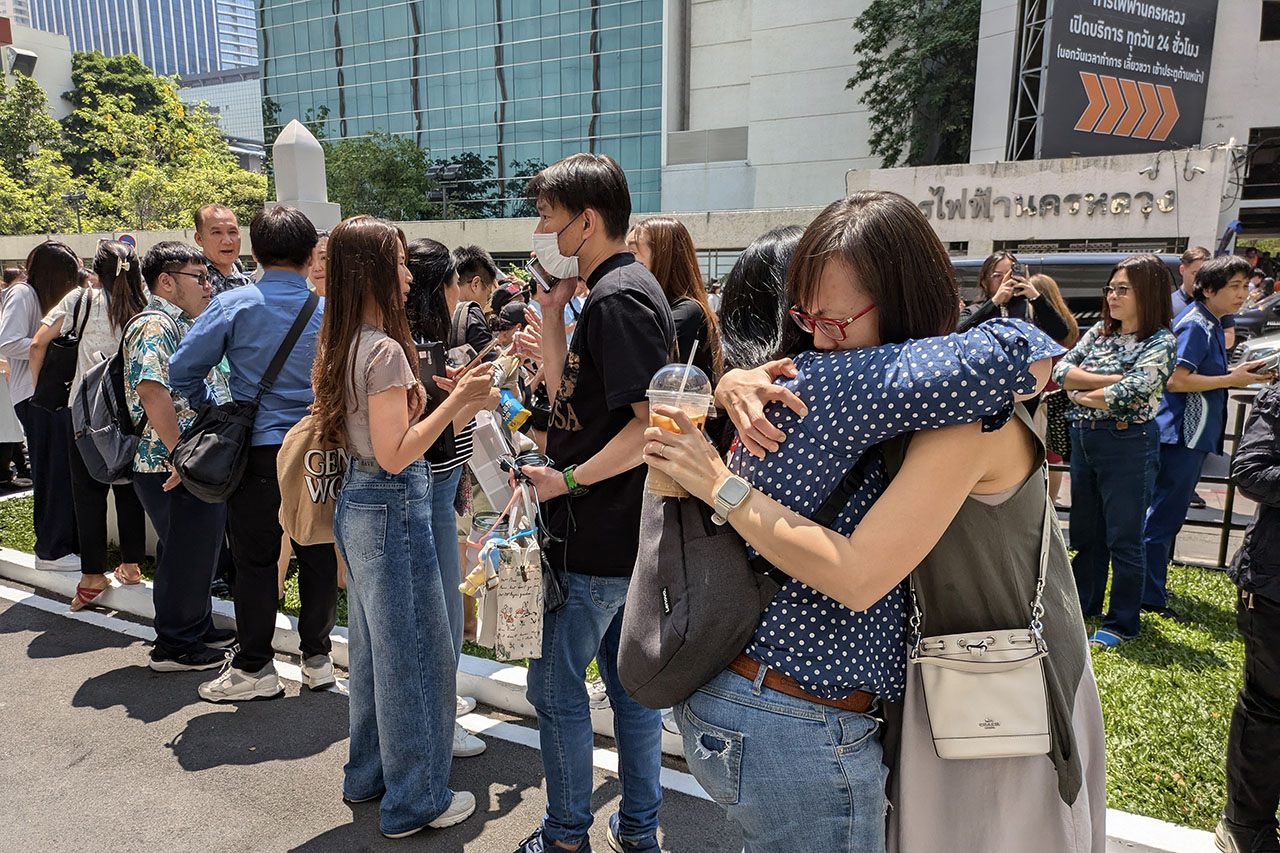
The Thai government has co-ordinated an emergency response at the scene.
In an online statement, it announced the mobilisation of search and rescue teams, and said disaster centres were ordered to prepare relief equipment and machinery.

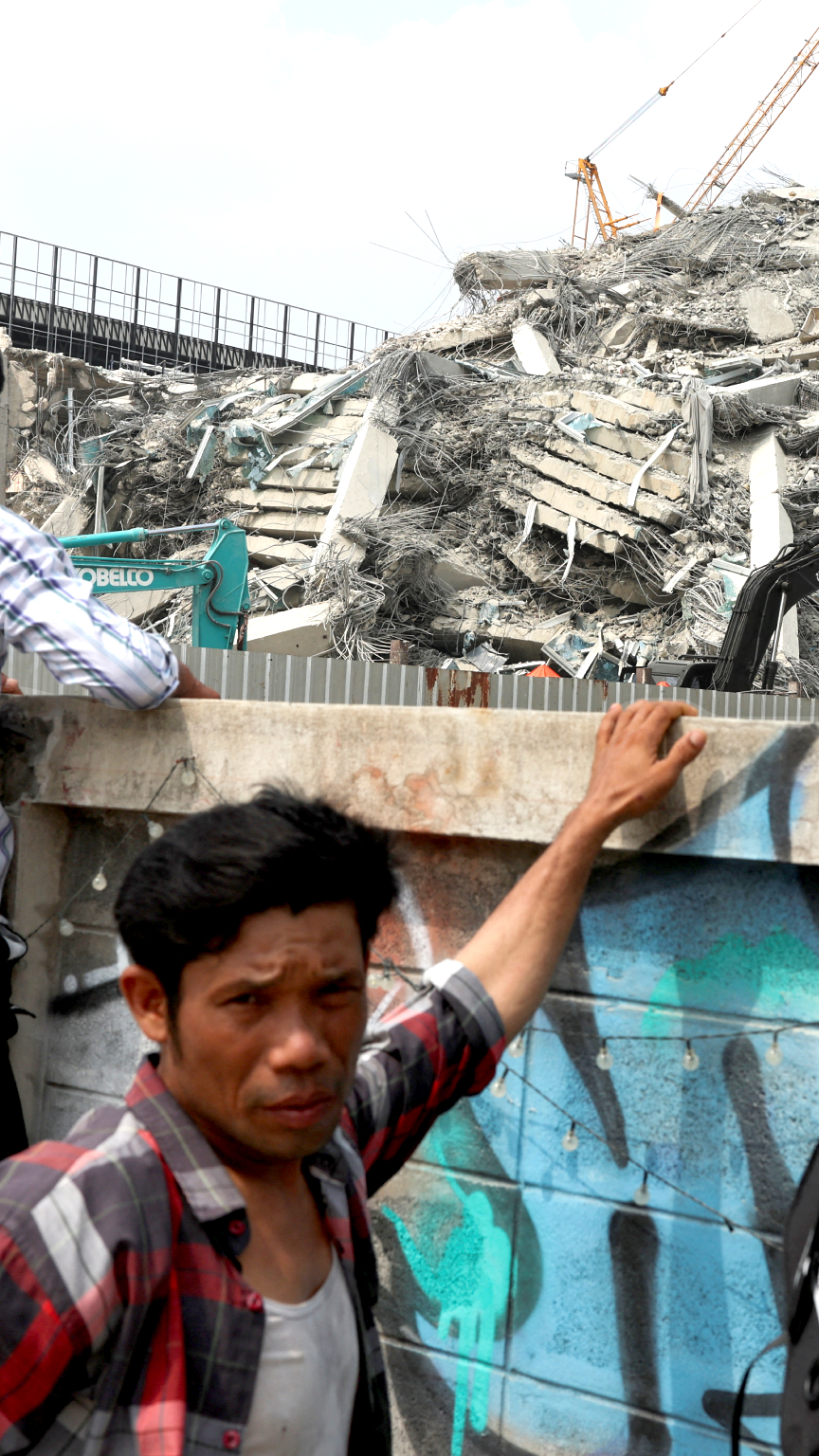
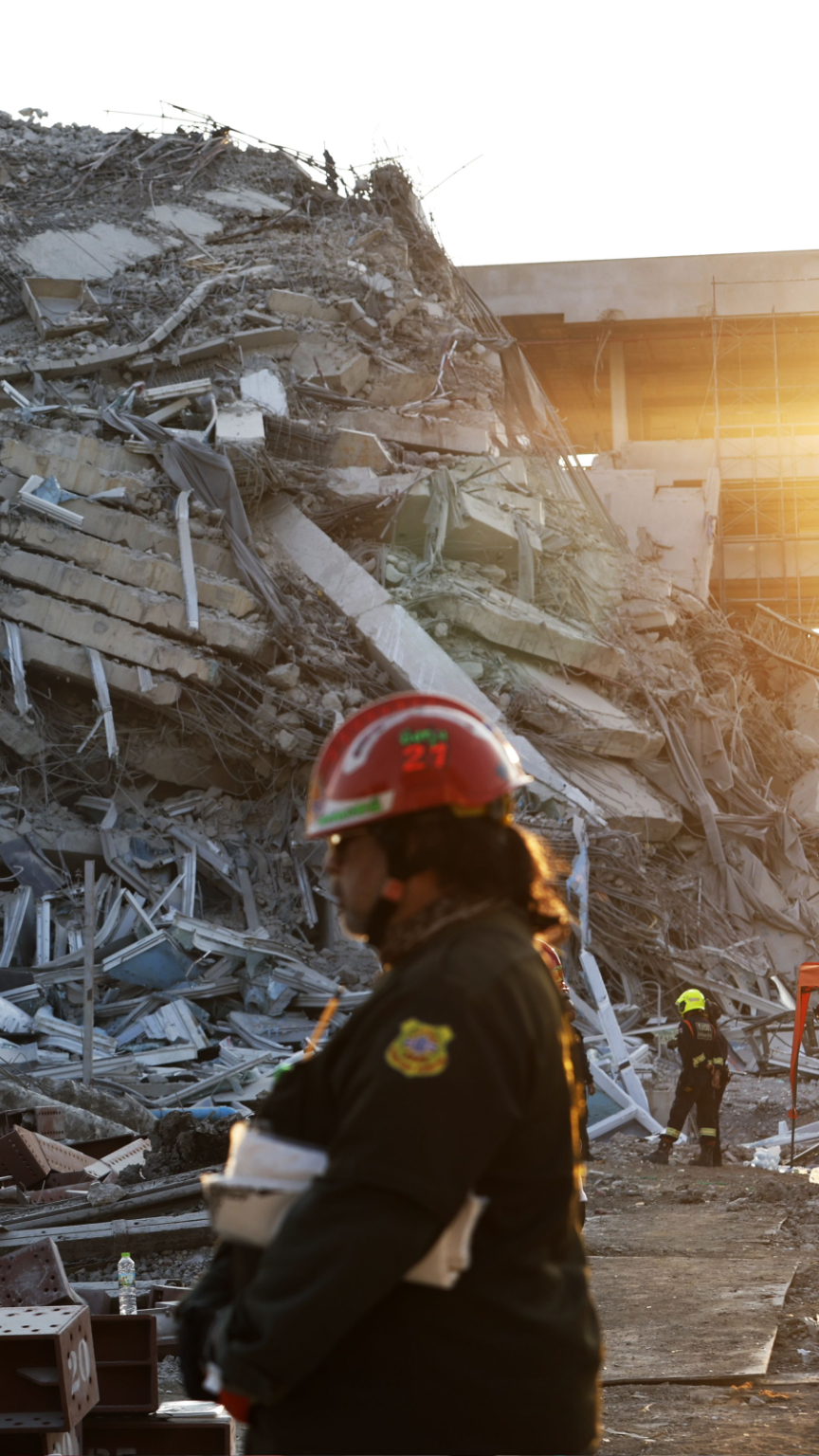
Produced by
Camilla Costa, Krystina Shveda, Chris Clayton, Erwan Rivault and Richard Moynihan
Developed by
Giacomo Boscaini-Gilroy and Shawn Hardern



